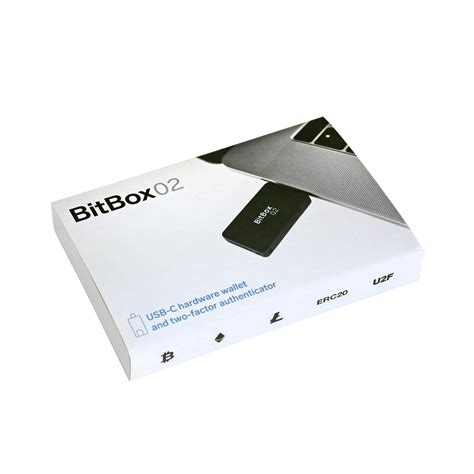Ethereum: Understanding BIP 39 Mnemonic Generation
As a cryptocurrency enthusiast, it is essential to understand the intricacies of Ethereum’s blockchain technology. One of the key components of this ecosystem is the use of mnemonic phrases in conjunction with the Bitcoin Import Protocol (BIP) 39. In this article, we will delve into how mnemonic phrases are generated and their importance in protecting private keys on Ledger devices.
What are Mnemonic Phrases?
A mnemonic phrase is a series of words that serve as a password or key to unlock your Ethereum wallet. It is essentially a unique sequence of 12 words that, when entered in the correct order, produce a specific Ethereum address. The resulting address is used to bind multiple private keys to your account.
How are Mnemonics Generated?
To generate mnemonic phrases, developers use a process called “word of the day” or “narrative-based” methods. Here’s a simplified overview of how it works:
- Seed phrase generation: Developers create a unique seed phrase by generating 12 words using a random combination of letters and symbols.
- Reversing the order: The generated seed phrase is then reversed to produce the first word, followed by the second word, and so on, until all 12 words are in the correct order.
- Encryption and hashing
: The resulting string of words is encrypted using a secure hashing algorithm and hashed to create a fixed-length hexadecimal address.
Why are mnemonic phrases used with BIP 39?
The Bitcoin Import Protocol (BIP) 39 is a specification that requires mnemonic phrases to be used for secure storage and recovery of private keys on Ledger devices. By converting seed phrases to mnemonic phrases, developers can:
- Protect Data: Mnemonic phrases provide an additional layer of security by protecting sensitive information.
- Recover Key: In the event of device loss or corruption, a recovered mnemonic phrase allows users to restore access to their accounts.
Why Not Use a Single Seed Phrase?
While it may seem convenient to use a single seed phrase for all of your Ethereum-related activities, this approach is not recommended. Each private key corresponds to a specific address, and using a single seed phrase would expose all of them if compromised. By generating separate mnemonic phrases, developers can protect their keys and maintain control over their assets.
Conclusion

In conclusion, using BIP 39 mnemonic phrases in conjunction with Ledger devices provides an additional layer of security for Ethereum wallets. By understanding how these phrases are generated and used, users can better protect their sensitive information and enjoy greater peace of mind when managing their cryptocurrency portfolios.